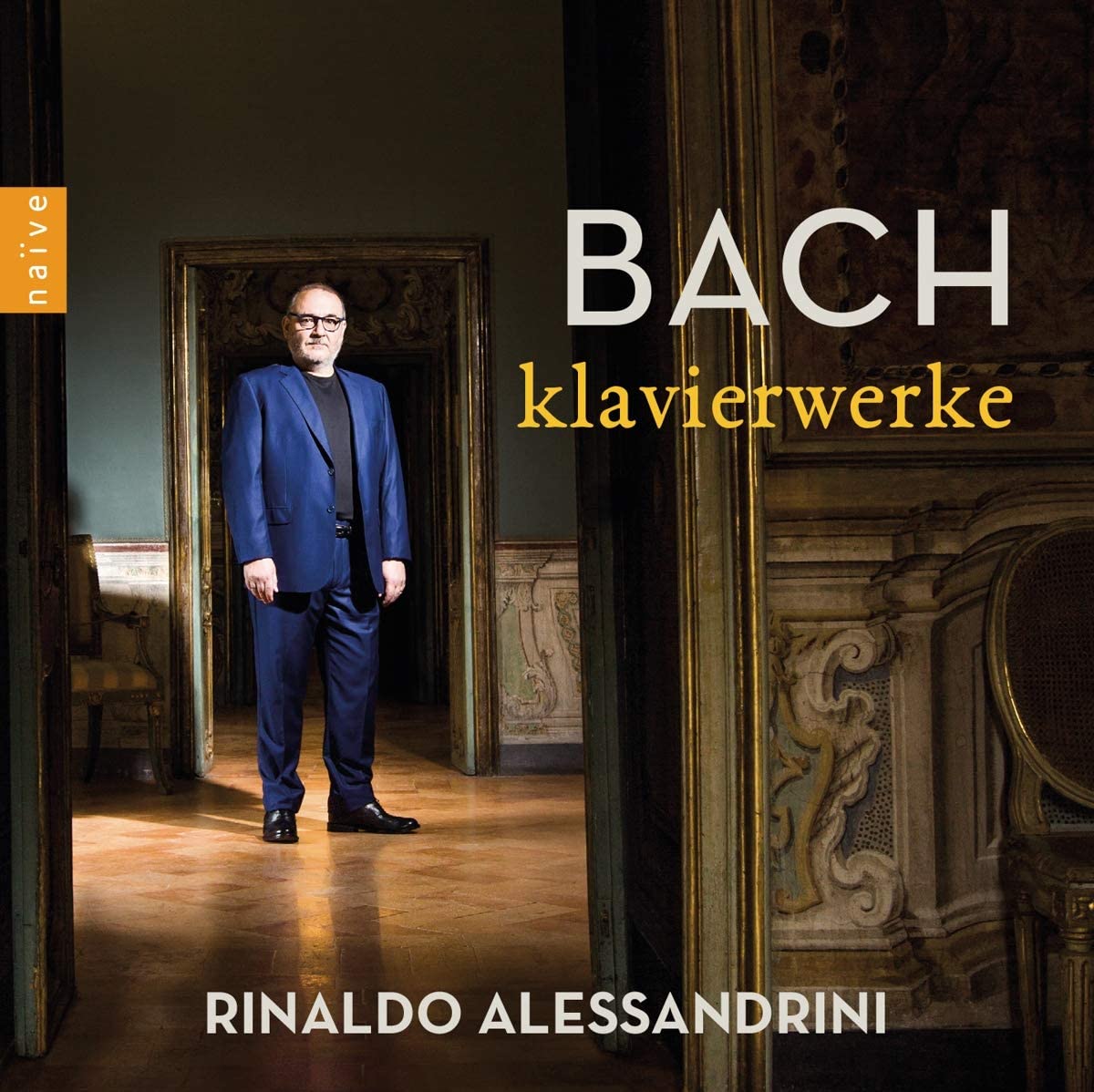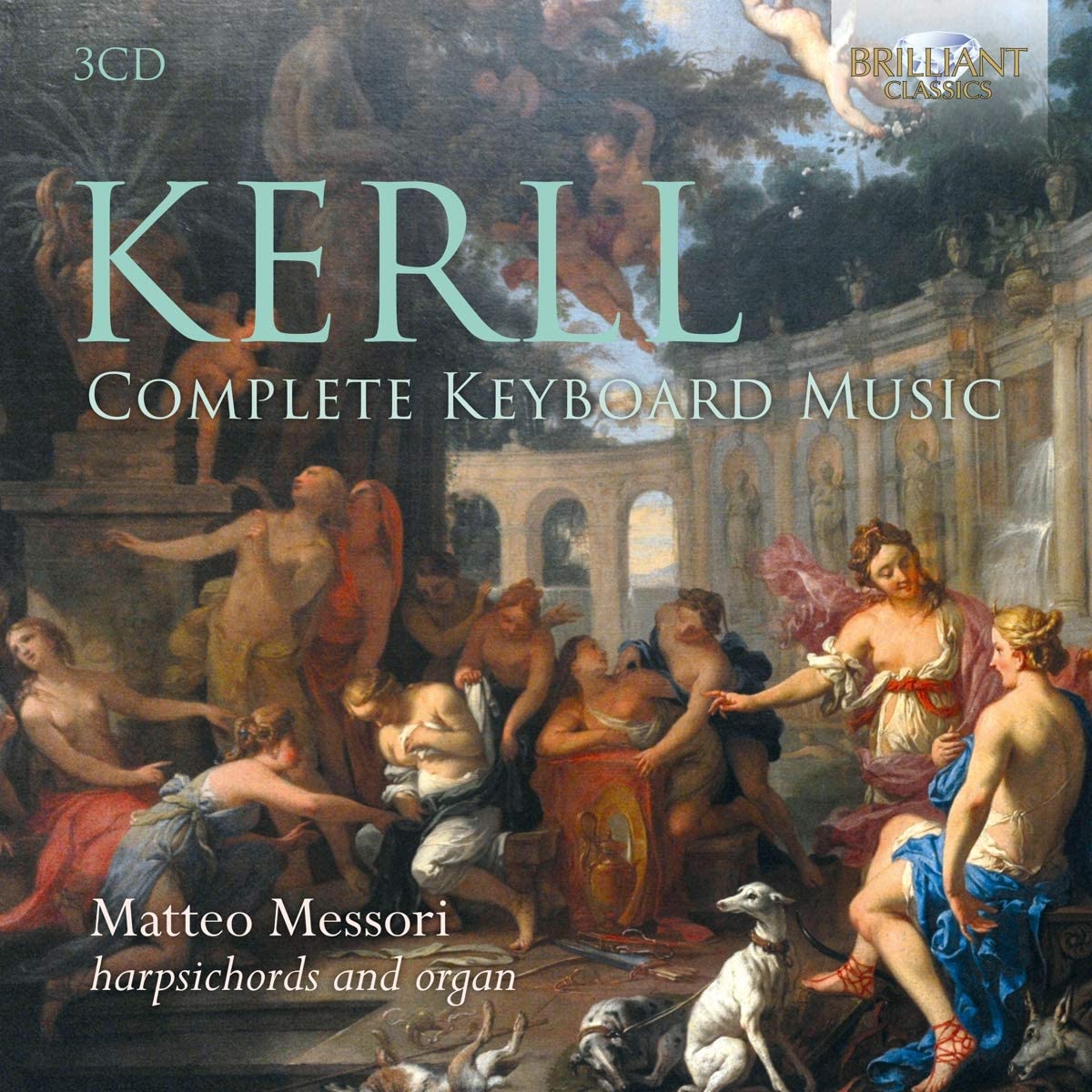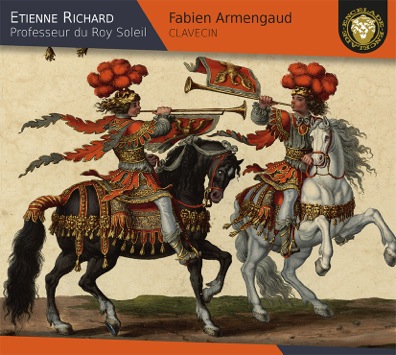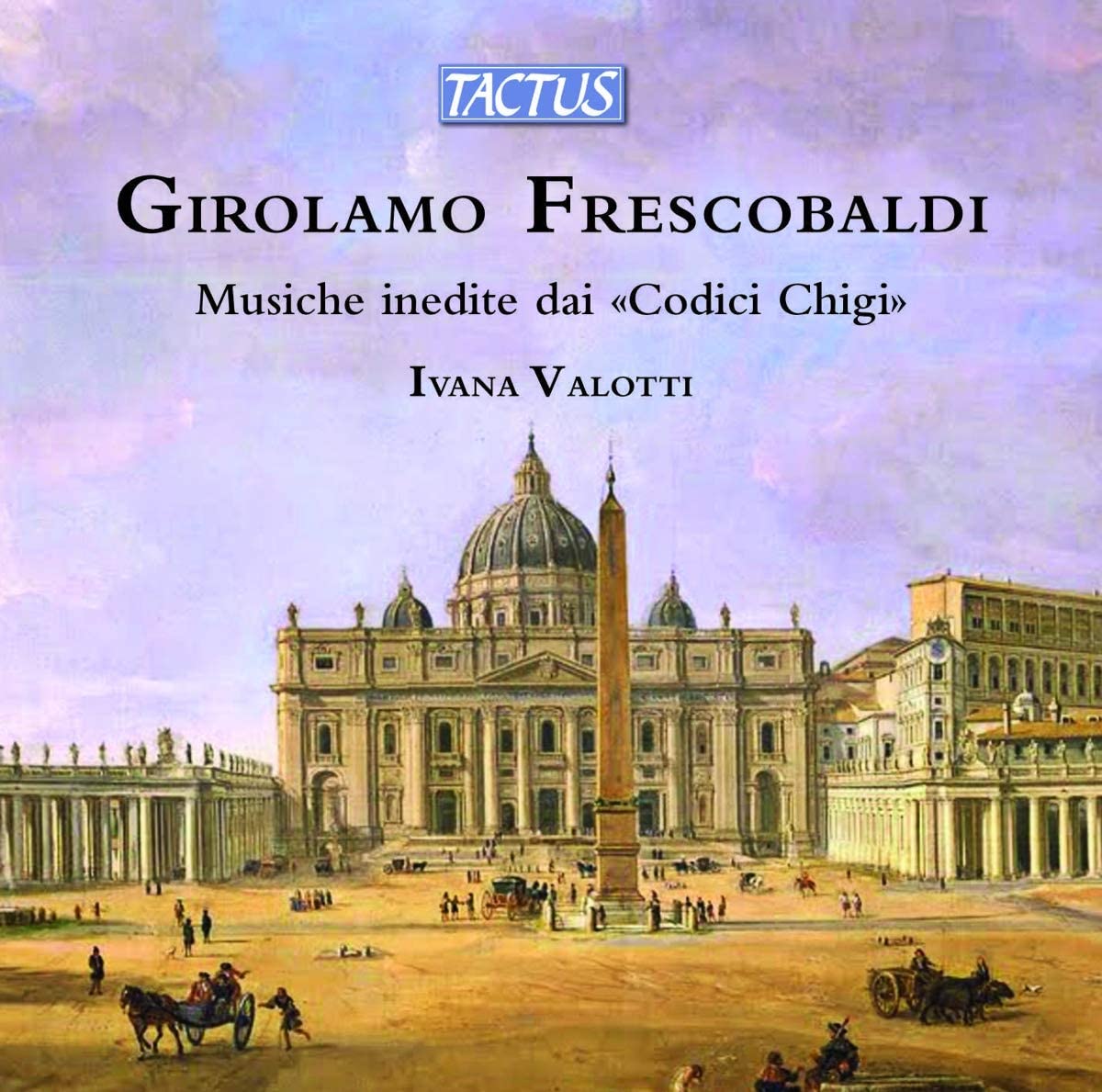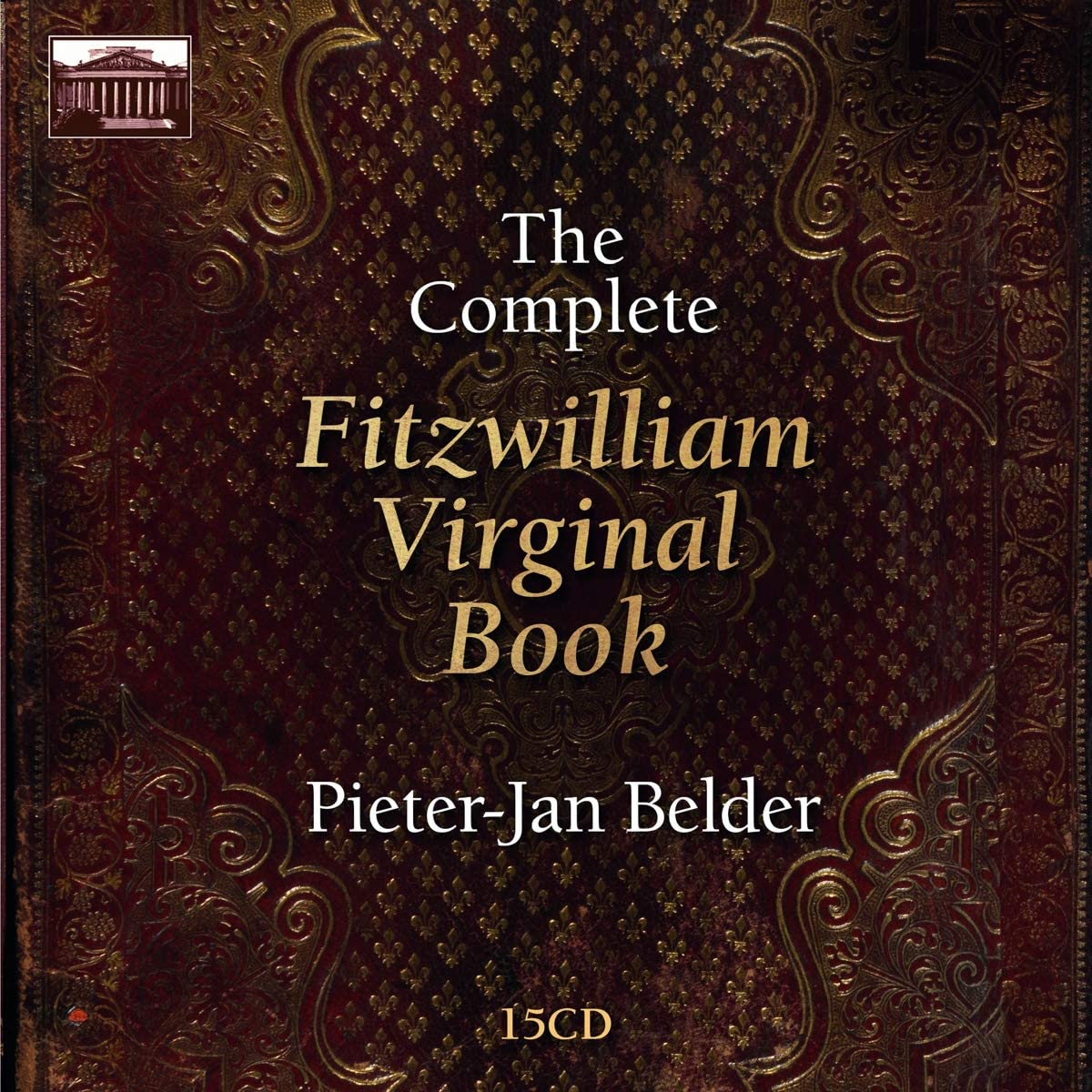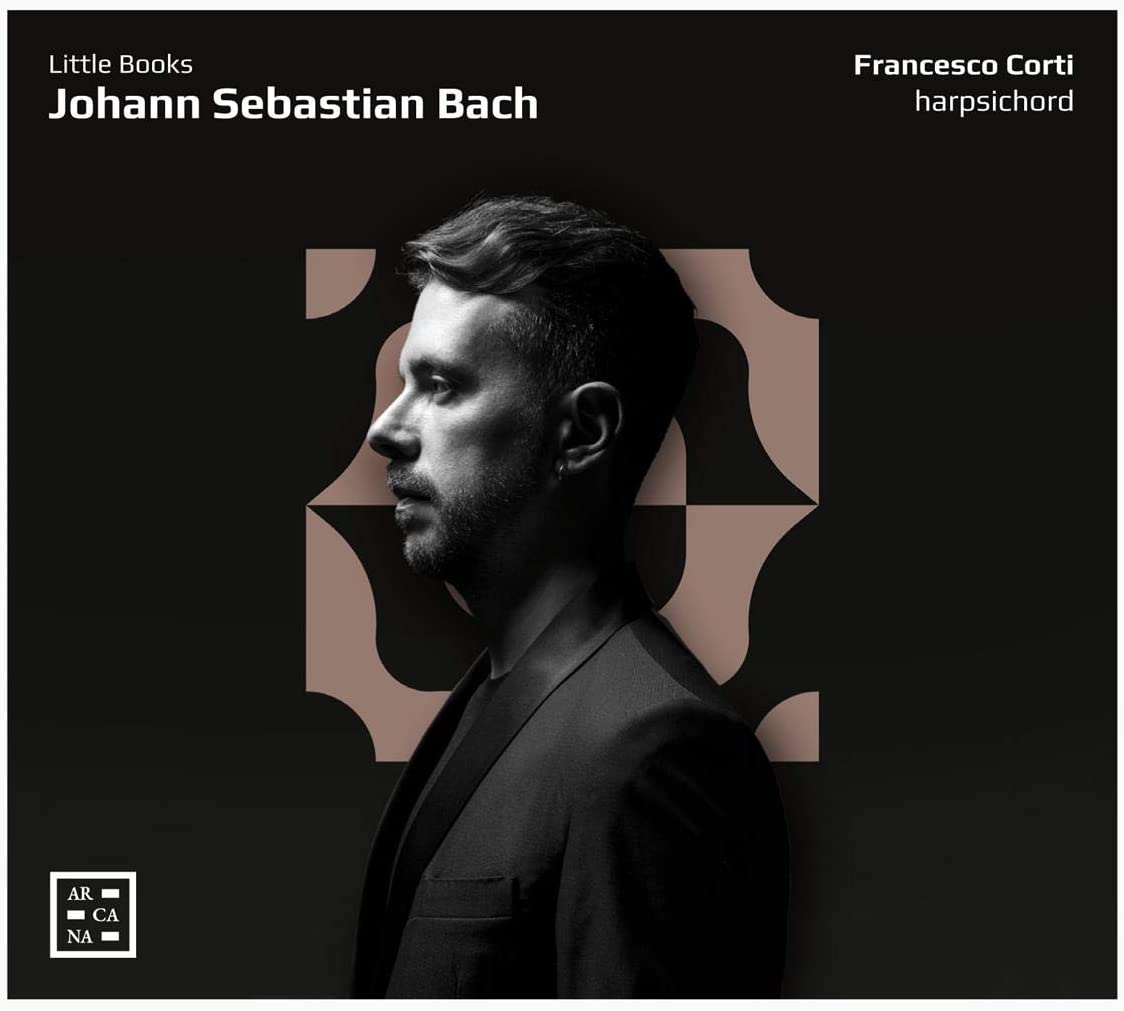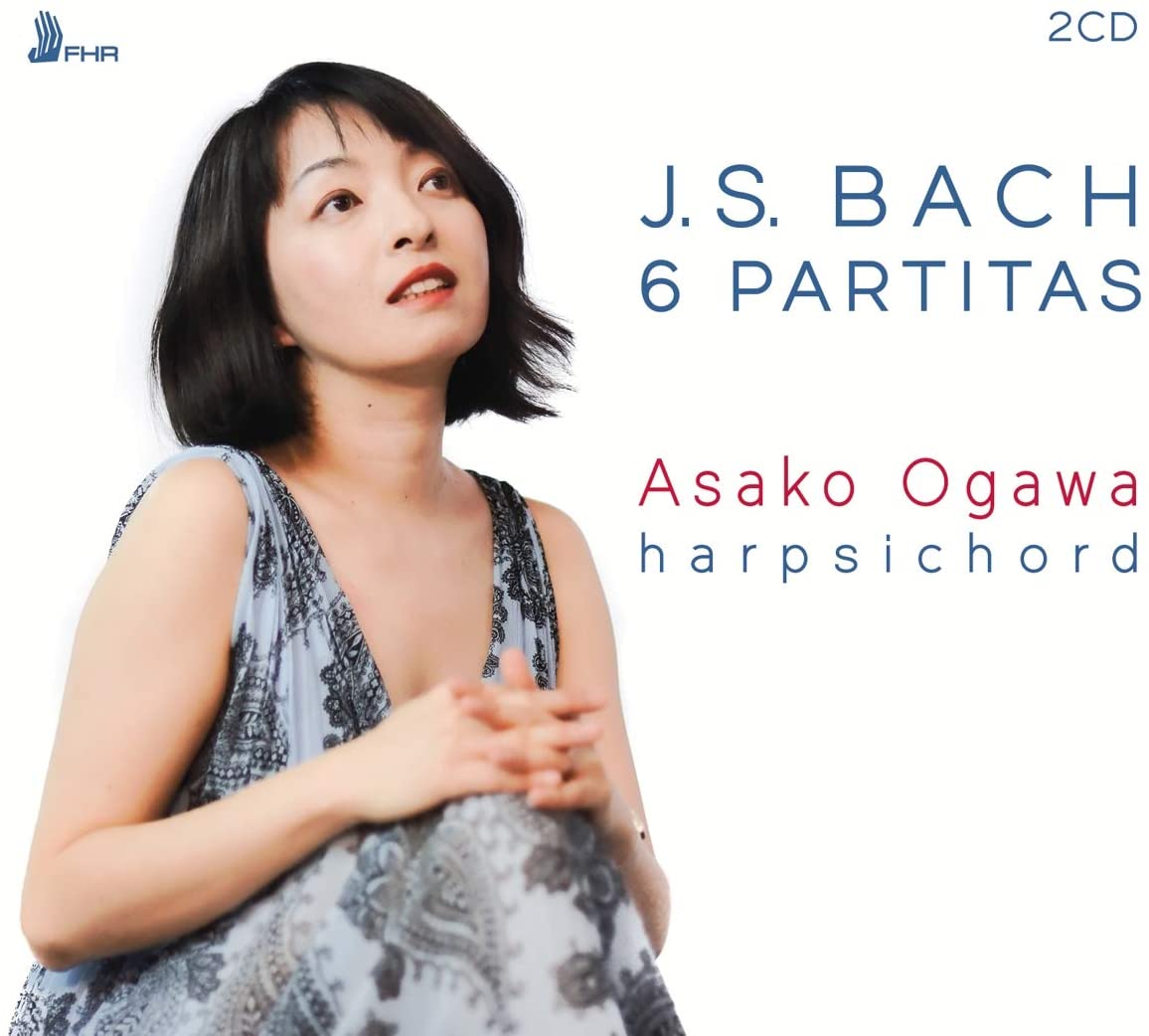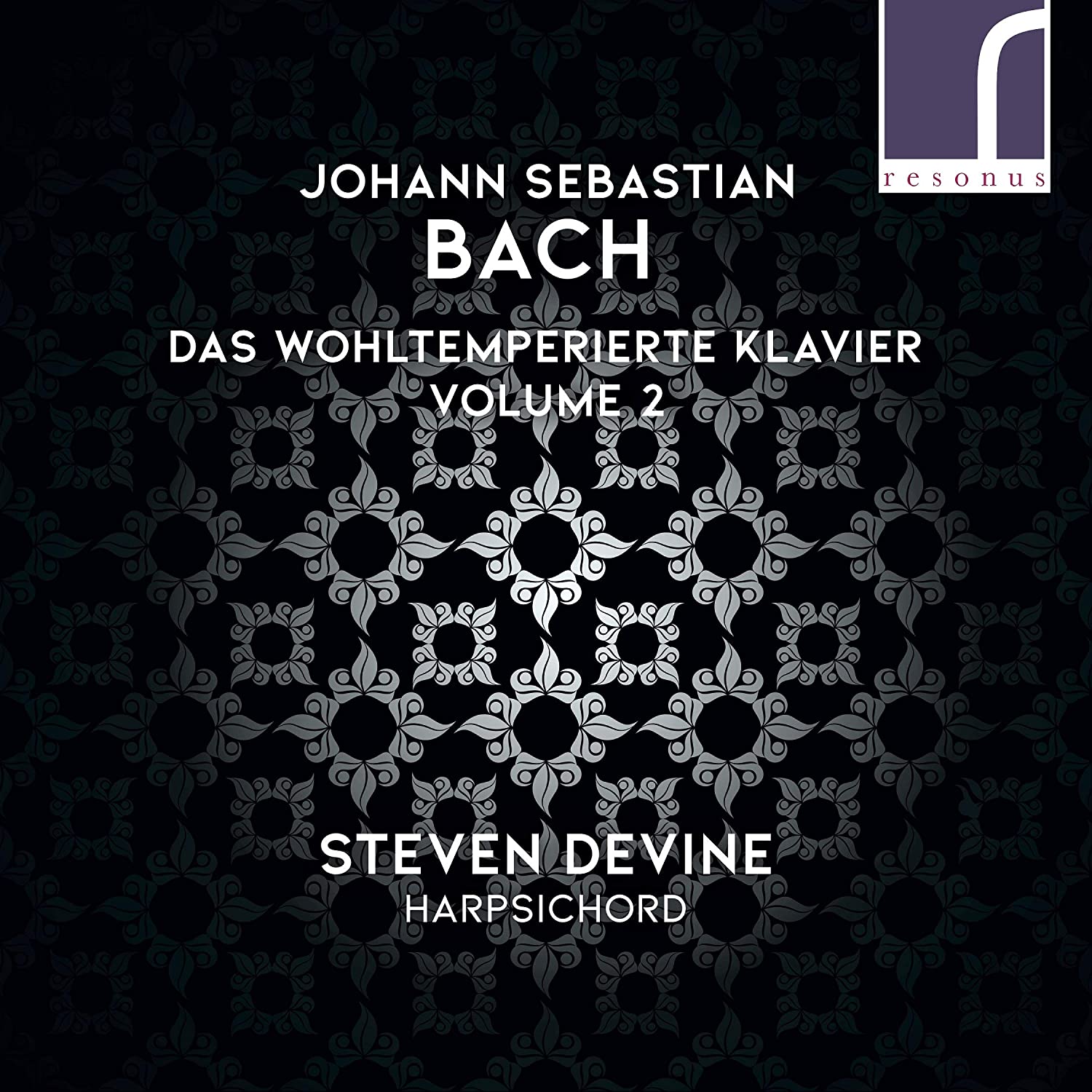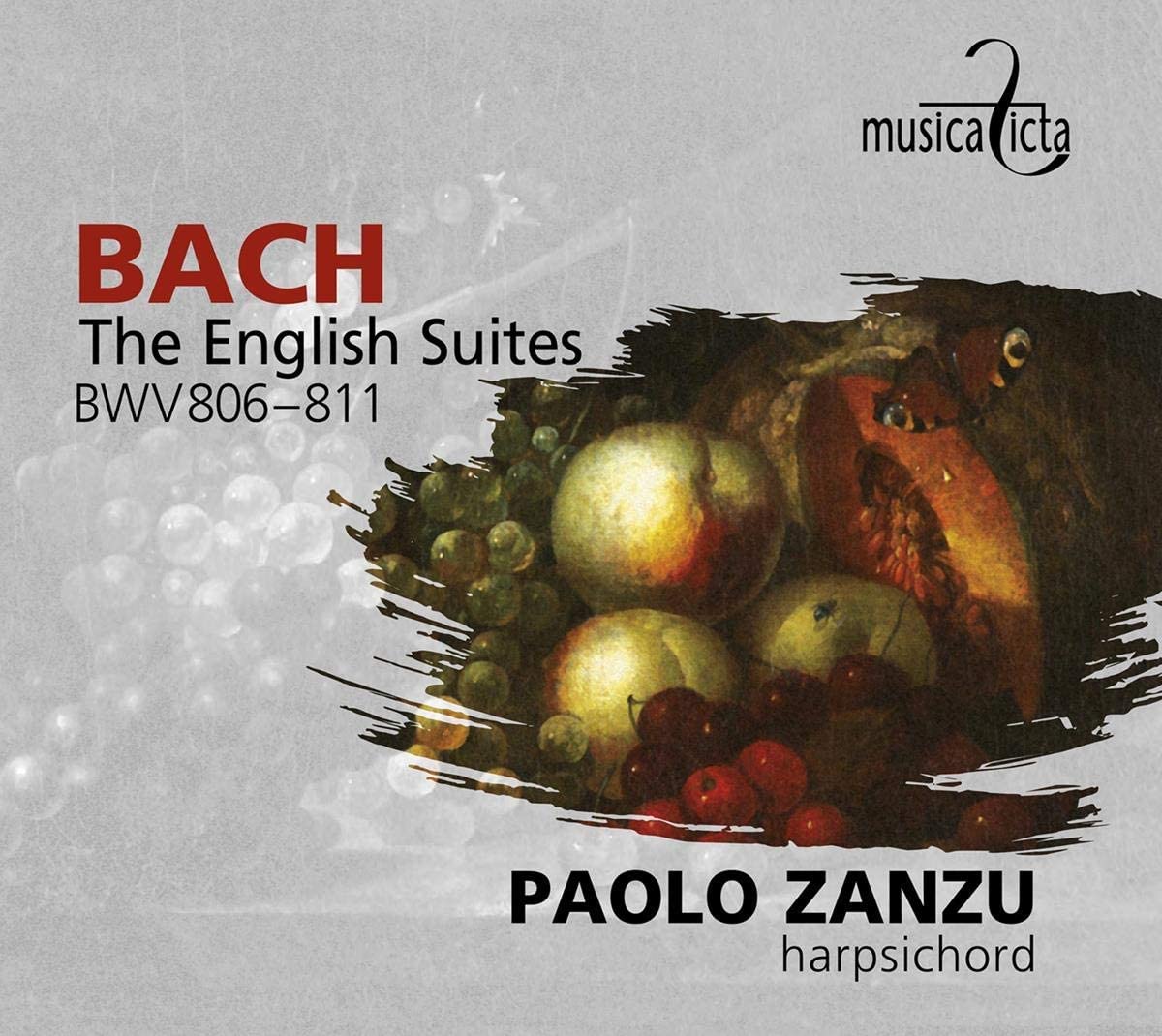Matteo Messori
173:05 (3 CDs in a case)
Brilliant Classics 94452
Click HERE to buy this on amazon.co.uk
[These sponsored links help the site remain alive and FREE!
This 3 CD set of all Kerll’s surviving keyboard works is likely to become the benchmark recording, and was only released in 2021 despite having been recorded in 2012, it appears. There is an excellent and substantial (10 page) essay on Kerll by Matteo Messori in the liner notes, together with details of the instruments on which the recordings were made. As well as being a harpsichordist and organist with many recordings to his name, Messori also founded Cappella Augustana with whom he recorded the complete Schütz for Brilliant Classics: these are fine recordings and established his credentials as a scholarly and musical interpreter of 17th-century German music.
In his lifetime, Kerll was a famous keyboard player and teacher and enjoyed the patronage of the Imperial Court, so spent time in Vienna, where he wrote his Missa in fletu solatium at the time of the plague and the Turkish invasion of 1683. An influential teacher, who probably taught Pachelbel as well as Fux and had his compositions parodied by Bach and Handel, his keyboard music is in the post-Frescobaldi style popularised by Froberger. Having been a pupil of Carissimi in Rome, his operas and much of his church music has been lost. Some masses survive and these keyboard works including the justly famous Modulatio organica, that sets verses of the Magnificat to alternate with the Gregorian chant in all eight modes.
The organ used in this recording is the 1732 instrument built by J. I. Egedacher in the Pfarrkirche in Vornbach am Inn, which was conserved by Kuhn in 2009, having its pitch of A=465 reinstated. It has a Bavarian/Italianate style that matches Kerll’s musical pedigree and is well recorded for this project. Kuhn’s website provides details of the complex history of the instrument and the specification; no details are given in the liner notes of the detailed registration chosen. Of the three harpsichords used, two are copies by Romain Legros – one of an anonymous instrument in the Ca’ Rezzonico museum in Venice and another after Giovanni Battista Giusti (Luca 1681) – and one by Barthélémy Formentelli after a southern French instrument. All three have a full resonance and seem suitable, though no details are provided of the originals.
CD 1 has the toccatas and canzone, CD 2 the four suites with the Ciaccona, Passacaglia, Capriccio sopra il Cucu and Battaglia played on the three harpsichords, and CD 3 the Modulatio organica super Magnificat octo Ecclesiasticis tonis respondens (1686) played entirely on the organ. The acoustic in the church is not overpowering, so the change from one of the harpsichords to the organ in CD 1 seems perfectly plausible, even though the slight pitch difference provides a little frisson. After the fluent, improvisatory nature of the toccatas the measured part-writing of the canzone provides a welcome contrast and the use of a single 4’ on the organ for the central section of Canzone quarta is a good touch.
Modulatio organica super Magnificat, the work for which Kerll is best known, takes us through the proper transpositions of the eight tones and allows us to experience the clarity of the various registrations of the organ in the contrapuntal part-writing. Each organ verse is preceded by its proper plainsong sung by the male soprano, Lukasz Dulewicz, to fine effect. Messori captures the improvisatory nature of what might often have been the quite short extemporised verses performed by Kerll very convincingly and confirms my belief that this is the definitive performance for this oeuvre.
Anyone who needs to understand the link between the Italian and the German composers for keyboard in the seventeenth century will be rewarded listening to these enlightening performances.
David Stancliffe
